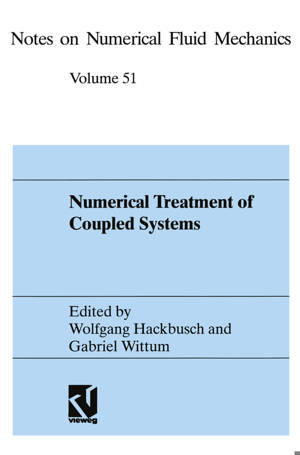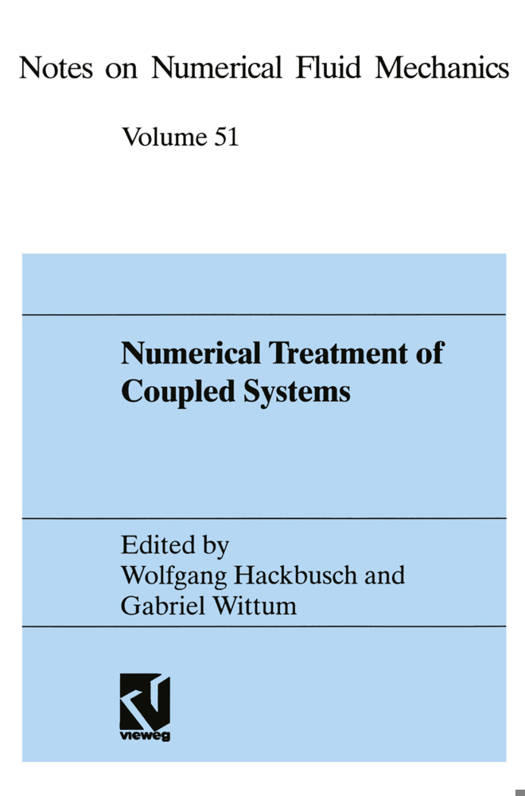
Bedankt voor het vertrouwen het afgelopen jaar! Om jou te bedanken bieden we GRATIS verzending (in België) aan op alles gedurende de hele maand januari.
- Afhalen na 1 uur in een winkel met voorraad
- In januari gratis thuislevering in België
- Ruim aanbod met 7 miljoen producten
Bedankt voor het vertrouwen het afgelopen jaar! Om jou te bedanken bieden we GRATIS verzending (in België) aan op alles gedurende de hele maand januari.
- Afhalen na 1 uur in een winkel met voorraad
- In januari gratis thuislevering in België
- Ruim aanbod met 7 miljoen producten
Zoeken
Numerical Treatment of Coupled Systems
Proceedings of the Eleventh Gamm-Seminar, Kiel, January 20-22, 1995
Wolfgang Hackbusch
€ 150,48
+ 300 punten
Omschrijving
The GAMM Committee for "Efficient Numerical Methods for Partial Differential Equations" organizes seminars and workshops on subjects concerning the algorithmic treatment of partial differential equations. The topics are discretisation methods like the finite element and the boundary element method for various type of applications in structural and fluid mechanics. Particular attention is devoted to the advanced solution methods. The series of such seminars was continued in 1995, January 20-22, with the 11th Kiel-Seminar on the special topic Numerical Treatment of Coupled Systems at the Christian-Albrechts-University of Kiel. The seminar was attended by 100 scientist from 9 countries. 23 lectures were given, including two survey lectures. Different kinds of couplings are considered in this volume. The coupling of different components may occur in the physical model. On the other hand, a coupling of subsystems can be generated by the numerical solution technique. General examples of the latter kind are the domain decomposition (see p. 128) or subspace decomposition (p. 117). The local defect correction method couples different discretizations of the same problem in order to improve the results, although the basic linear system to be solved remains unchanged (p. 47). In general, the aim of the numerical coupling is to make use of (efficient) subsystem solvers (p. 1). The combination of different discretization techniques is mentioned on page 59.
Specificaties
Betrokkenen
- Auteur(s):
- Uitgeverij:
Inhoud
- Aantal bladzijden:
- 216
- Taal:
- Engels
- Reeks:
- Reeksnummer:
- nr. 51
Eigenschappen
- Productcode (EAN):
- 9783322868619
- Verschijningsdatum:
- 19/03/2012
- Uitvoering:
- Paperback
- Formaat:
- Trade paperback (VS)
- Afmetingen:
- 156 mm x 234 mm
- Gewicht:
- 326 g

Alleen bij Standaard Boekhandel
+ 300 punten op je klantenkaart van Standaard Boekhandel
Beoordelingen
We publiceren alleen reviews die voldoen aan de voorwaarden voor reviews. Bekijk onze voorwaarden voor reviews.









